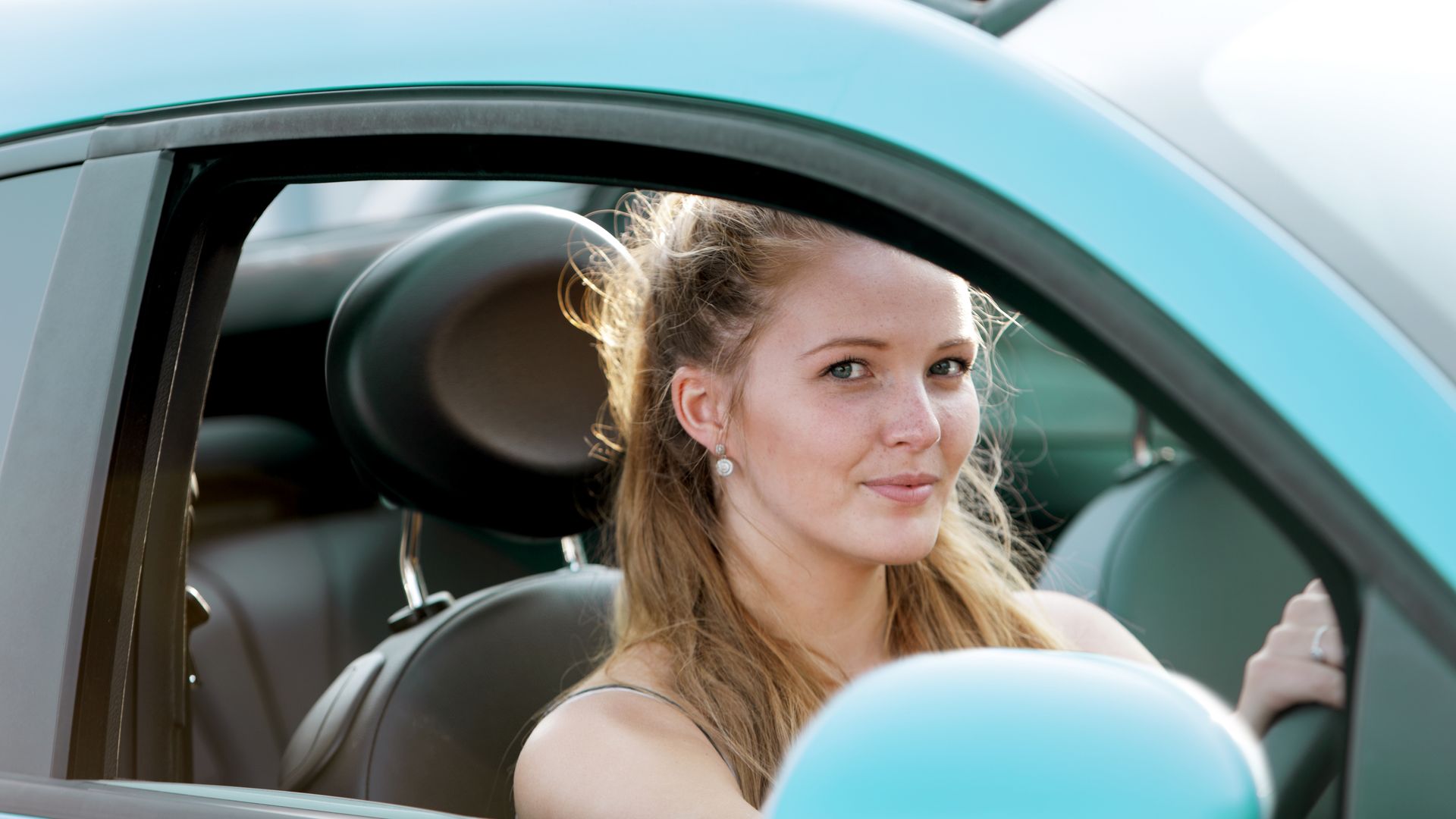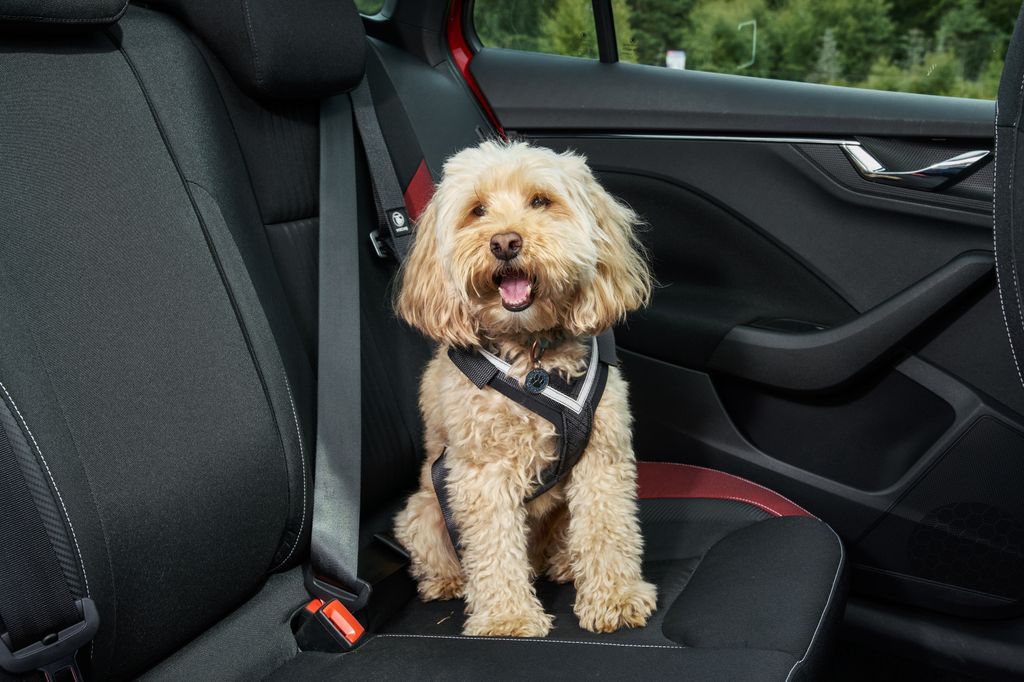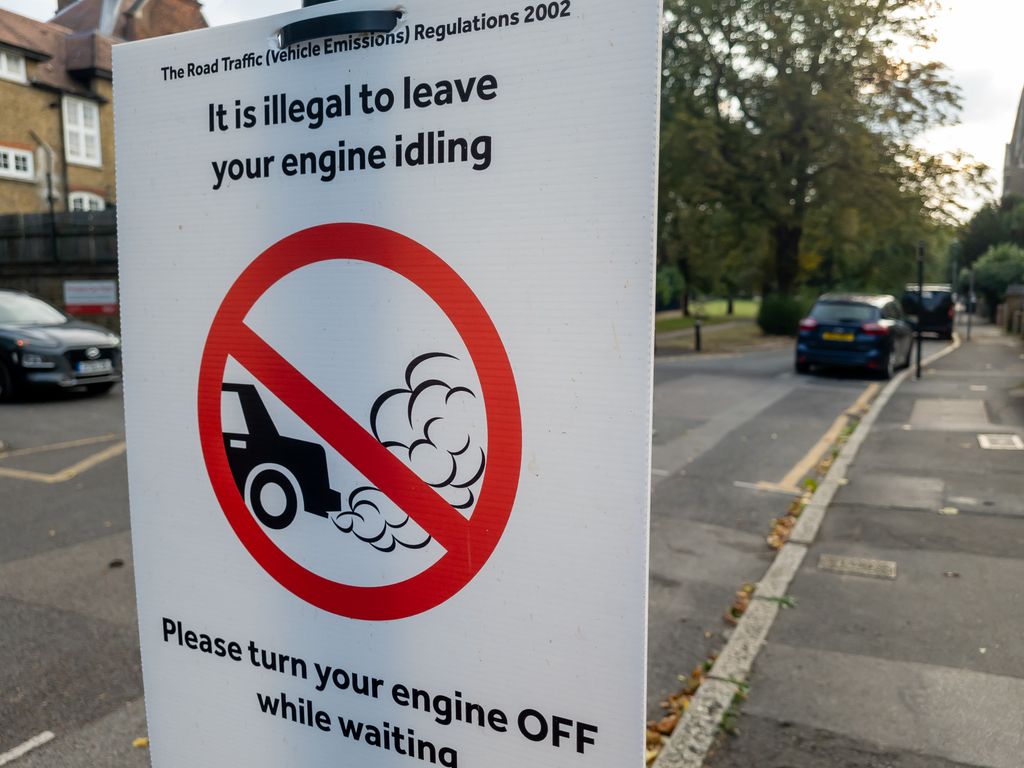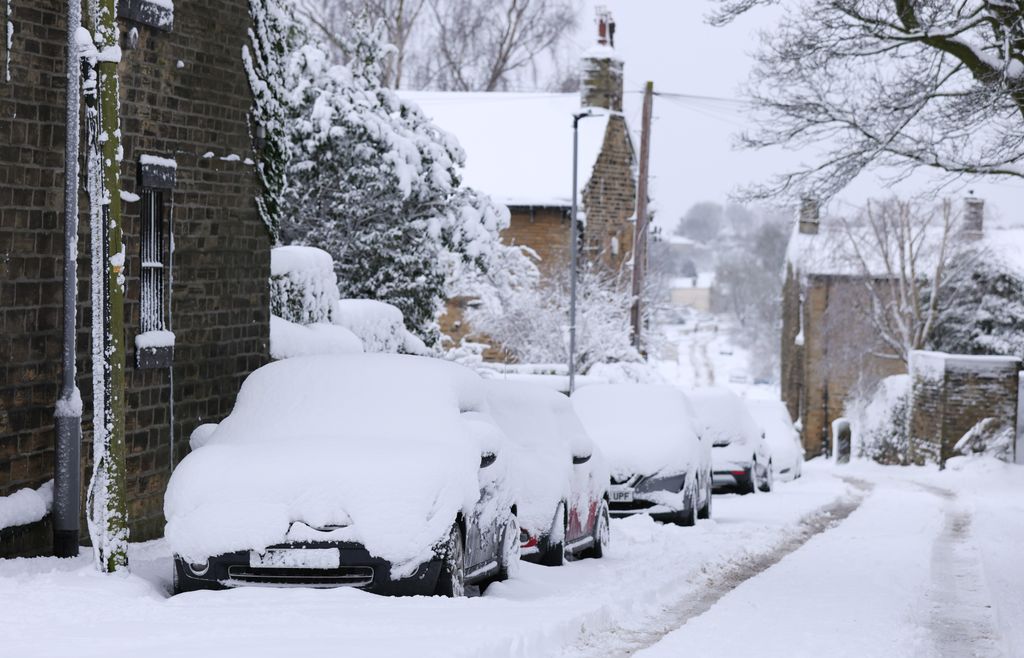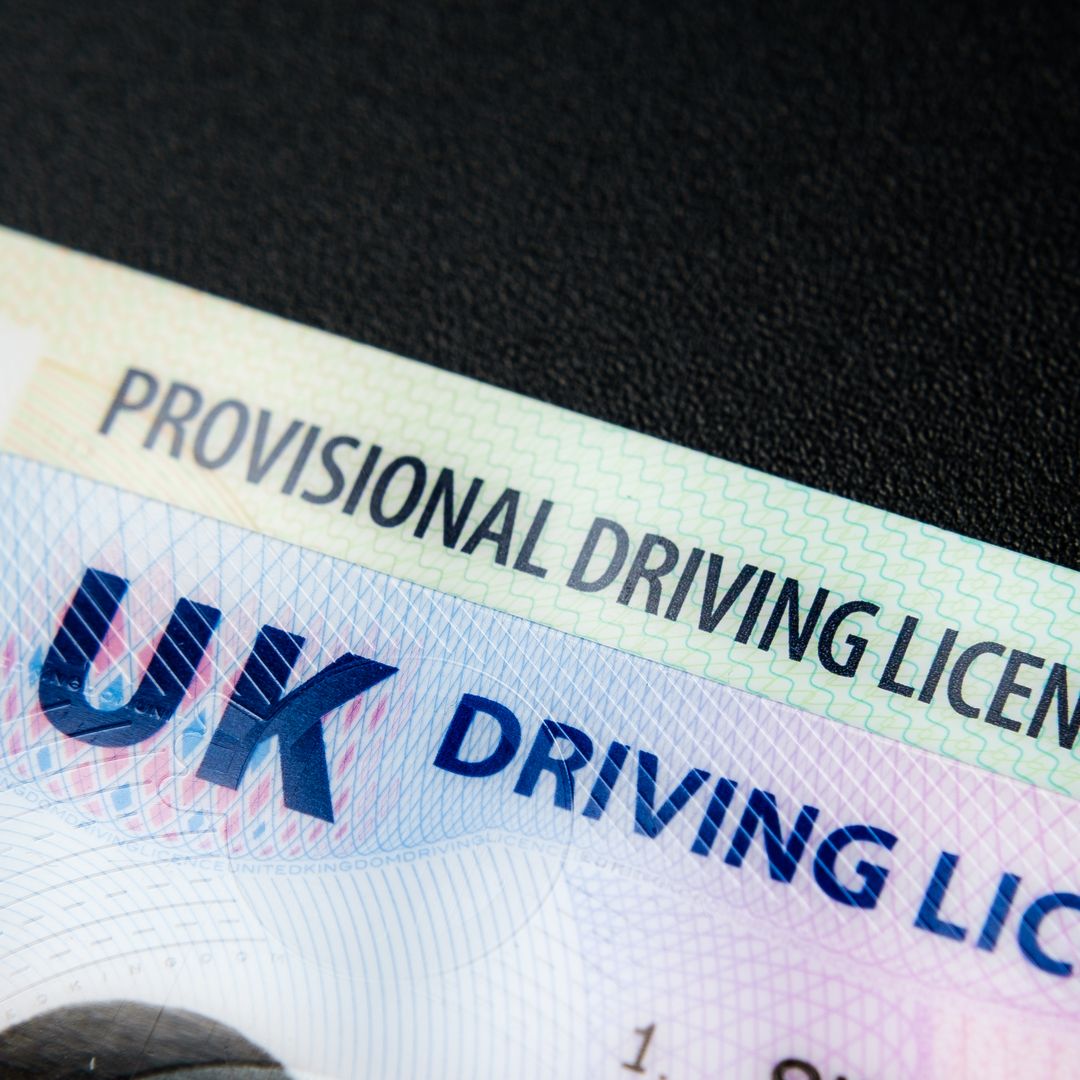The Highway Code is a set of rules for drivers in the UK to make roads safer, and it's updated regularly to reflect changes in the law, the evolution of cars, and driving practices. So, whether you've recently passed your test or got your licence years ago, the rules of the road may are likely to have moved on.
It's also possible that you didn't know some of the more obscure regulations in the first place, which is all the more reason to read this article.
Here are 10 Highway Code rules you might not know about...
1. Restrain your dog
Rule 57 of the Highway Code states: "When in a vehicle, make sure dogs or other animals are suitably restrained so they cannot distract you while you are driving or injure you, or themselves, if you stop quickly." If an unrestrained pet turns out to be the cause of an accident you’re involved in, your insurers may not pay out and you could face a hefty fine and penalty points. So, when travelling with your four-legged friend, it's best to use a seat belt harness, pet carrier, dog cage or dog guard.
2. Flashing headlights
According to the Highway Code, you should only flash your headlights to let other road users know you are there. Do not flash your headlights to convey any other message or intimidate other road users. Also, never assume that a flash of headlights is a signal inviting you to proceed. Use your own judgement and if you do decide to go ahead, proceed with caution. Finally, never flash your headlights to warn oncoming drivers of a mobile speed camera you've just passed. In theory, if you're caught you could be in breach of Section 89 of the Police Act 1997, which states that it's an offence to "wilfully obstruct a constable in the execution of his/her duty". The maximum fine for obstructing a police officer is a penalty of £1,000.
3. Don't honk at night
Rule 112 of the Highway Code states that car horns should only be used to warn another road user of your presence. That means you should never honk as a greeting, nor to indicate your annoyance. Additionally, you must not use your horn when driving in a built-up area between the hours of 11.30pm and 7am, or at any time when stationary in traffic (whether it's to get the attention of other road users or used in frustration).
4. Drive around mini-roundabouts
You should treat a mini-roundabout exactly the same way as you would a full-size roundabout, according to Rule 188 of the Highway Code. In other words, you should drive around the circumference of the roundabout - not over the top of it.
5. Leaving your engine idling
According to Rule 123 of The Highway Code, drivers must not leave a parked vehicle unattended with the engine running or leave a vehicle engine running unnecessarily while the vehicle is stationary on a public road. Idling, or leaving an engine running while it's not moving, is a major source of air pollution because an idling engine can produce up to twice the emissions of a car in motion. If you’re caught idling you could be hit with a £20 fixed-penalty fine and this could rise to £40 if unpaid within the required timeframe. Fines can be as high as £80 in certain areas of London.
6. Parking on a road at night
If you have to park on the road at night, you must park in the direction of traffic flow (unless it's a marked bay). Rule 248 of the Highway Code is there to help make sure that other drivers can see the reflectors on your vehicle, reducing the risk of accidents. Parking against the direction of traffic at night can result in a fine, especially if your vehicle is deemed to be causing an obstruction or hazard. During the day, you can park against the flow of traffic.
7. Dirty number plates
It is important to ensure your number plate is clean and visible at all times. If the police can’t clearly see your number plate, it could land you with a hefty fine of up to £1,000. Number plates must always be legible and visible to both the police and automated systems, such as ANPR (Automatic Number Plate Recognition) cameras. To avoid fines and penalties, regularly clean your vehicle’s number plates, especially after driving in mud, or in adverse weather conditions such as rain or snow.
8. Snow on your car roof
In the depths of winter, Rule 229 of the Highway Code states that drivers must demist and clean all mirrors, clean all lights and make sure the licence plate is visible. Additionally, you must ensure that there is no snow on your car's roof because it can slide onto the windscreen when braking, blocking your view. The snow can also fall off into the path of a following car If you're stopped by the police, you could be penalised for a number of offences, such as "driving without due consideration" or "using a motor vehicle in a dangerous condition".
9. Don't drive too slowly
It goes without saying that speeding is dangerous and against the law, but not a lot of people know that driving too slow could get you stopped by the police too. While the Highway Code does not include specific penalties for driving too slow, you could still get in trouble if your driving is considered a hazard. It can cause accidents in a number of ways, including enraging other drivers and encouraging dangerous behaviour on the roads. Additionally, it can create congestion, provoke tailgating or trigger unsafe overtaking. Motorists who are caught going too slow can be pulled over by the police for driving carelessly, inconsiderately, or even dangerously - all of which could warrant prosecution.
10. Use of hazard warning lights
The Highway Code states that hazard warning lights "may be used when your vehicle is stationary, to warn that is temporarily obstructing traffic". It adds: "Never use them as an excuse for dangerous or illegal parking." Additionally, you must not use hazard warning lights while driving or being towed unless you are on a motorway or unrestricted dual carriageway and you need to warn drivers behind you of a hazard or obstruction ahead. Finally, only use them for long enough to ensure that your warning has been observed.
RELATED: Tailgating SOS - how to banish the fear when you're being followed
And finally...
Believe it or not, splashing a pedestrian and leaving them soaking wet – maliciously or not – is an offence. We've left this till last because this is a slam-dunk, if you'll excuse the pun. Never mind the Highway Code, under Section 3ZA of the Road Traffic Act 1988, splashing a passer-by with your car amounts to careless and inconsiderate driving. If caught by the police, you can expect to receive a fine of at least £100 and three penalty points on your licence. The maximum fine is £5,000.

